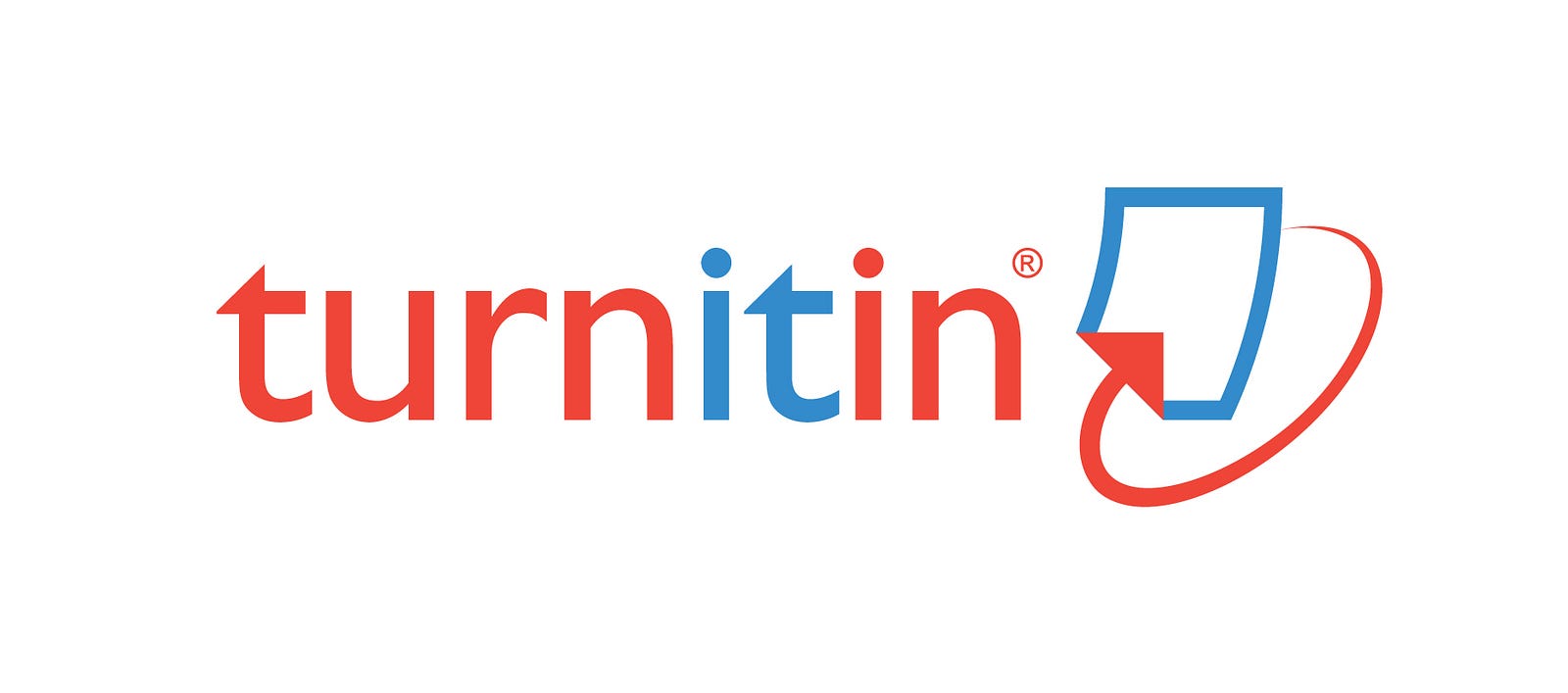PENGEMBANGAN MODEL ALAT UKUR KESUKSESAN IMPLEMENTASI E-LIBRARY PADA SEKOLAH MENENGAH KEJURUAN DALAM RANGKA UNTUK MENINGKATKAN KOMPETENSI SISWA
Abstract
The objective of research is to develop the measurement instrument to find out
and to explain whether or not the e-library information system in SMK
(Vocational Middle School) is successful. The implementation of e-library is
successful when it can improve students’, teachers, schools’, and societies’
performances. The analysis was conducted using structural equation model
(SEM) approach in two stages: (1) exploratory aiming to develop hypothesis
and measurement model and (2) confirmatory aiming to test the hypothesis
and measurement model against the data obtained. The sample employed
consisted of four Vocational Middle Schools (SMKs) existing in Central Java and
Yogyakarta Provinces taken using cluster sampling technique. The data
employed included secondary and primary data. The secondary data was
obtained from internal (library) of SMK and from external (Education Service,
Ministry of Information, etc). The primary data was obtained from a survey
guided by an instrument of questionnaire discussed using focus group
discussion (FGD). The result of research showed that (1) the result of test
showed the path between information quality (KI) and use intensity (IP)
variables having beta coefficient value (original sample) of 0.563 and t-value of
5.730 higher than 1.96; (2) the result of test showed the path between
information quality (KI) and user satisfaction (KPEM) variables having beta
coefficient value (original sample) of 0.193 and t-value of 2.534 higher than
1.96; (3) the result of test showed the path between system quality (KS) and
use intensity (IP) variables having beta coefficient value (original sample) of 0.286
and t-value of 3.311 higher than 1.96; (4) the result of test showed the path between system quality (KS) and user satisfaction (KPEM) variables having beta coefficient value (original sample) of 0.205 and t-value of 2.452 higher than 1.96; (5) the result of test showed the path between service quality (KP) and use intensity (IP) variables having beta coefficient value (original sample) of 0.278 and t-value of 2.506 higher than 1.96; (6) the result of test showed the path between service quality (KP) and user satisfaction (KPEM) variables having beta coefficient value (original sample) of 0.153 and t-value of 2.182 higher than 1.96; (7) the result of test showed the path between collaboration quality (KK) and use intensity (IP) variables having beta coefficient value (original sample) of 0.095 and t-value of 1.203 higher than 1.96; (8) the result of test showed the path between collaboration quality (KK) and user satisfaction (KPEM) variables having beta coefficient value (original sample) of 0.392 and t-value of 3.932 higher than 1.96; (9) the result of test showed the path between user satisfaction (KPEM) and e-library success (MB) variables having beta coefficient value (original sample) of 0.604 and t-value of 9.396 higher than 1.96; and (10) the result of test showed the path between use intensity (IP) and e-library success (MB) variables having beta coefficient value (original sample) of 0.268 and t-value of 3.715 higher than 1.96.
Full Text:
PDFReferences
Bertot, J.C. (2003), World Libraries on the Information Superhighway: Internet-based Library Services, Library Trends, Vol. 52: 209-227.
Davis, F. D. (1993). User acceptance of information technology: System
characteristics, user perceptions and behavior impacts. International
Journal of Man Machine Studies, Vol. 38 (3), 475–487.
DeLone W.H. and E.R. McLean (2004), Measuring e-commerce success:
applying the DeLone & McLean information systems success model,
International Journal of Electronic Commerce, Vol. 9(1): 31-47.
Refbacks
- There are currently no refbacks.



